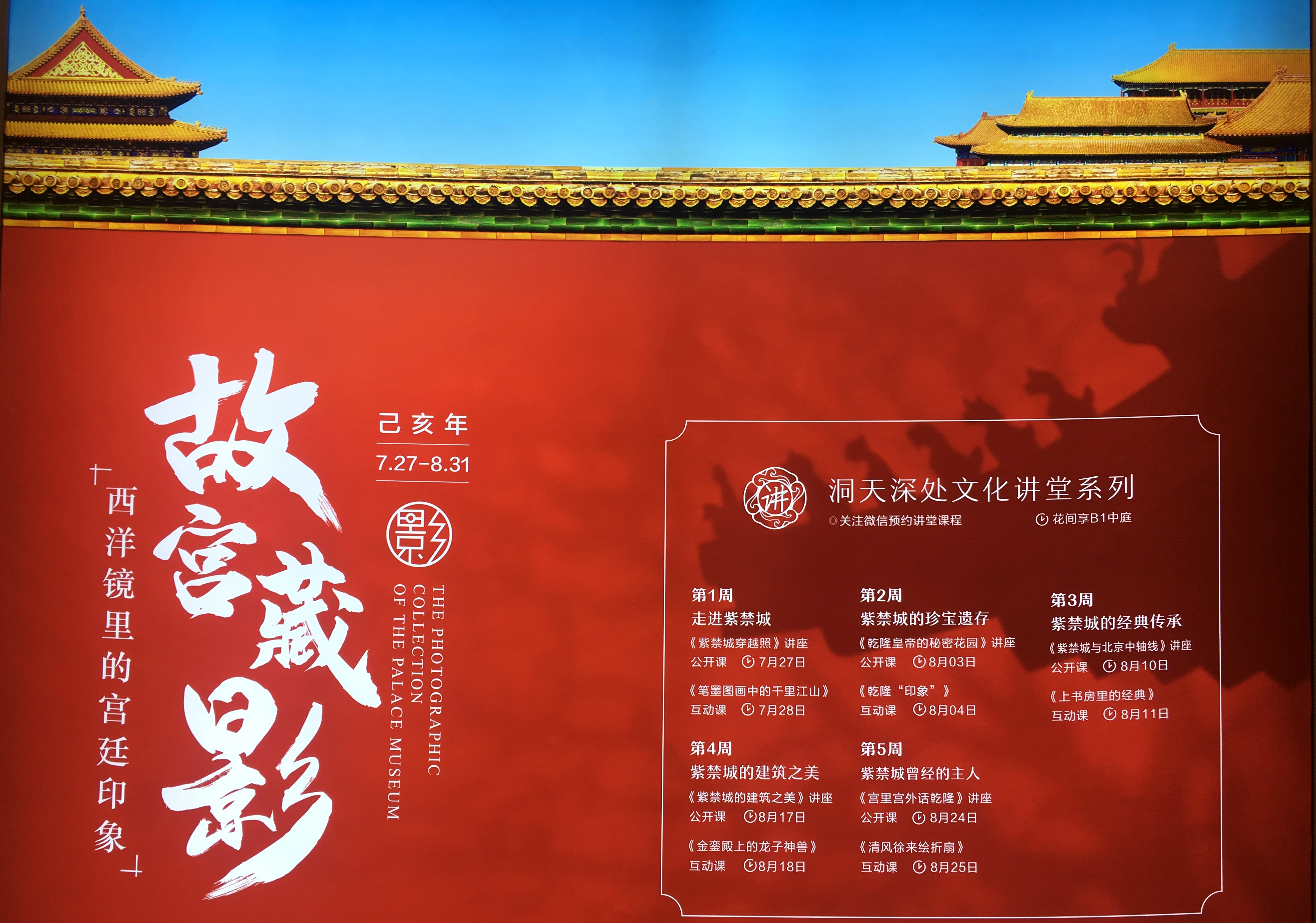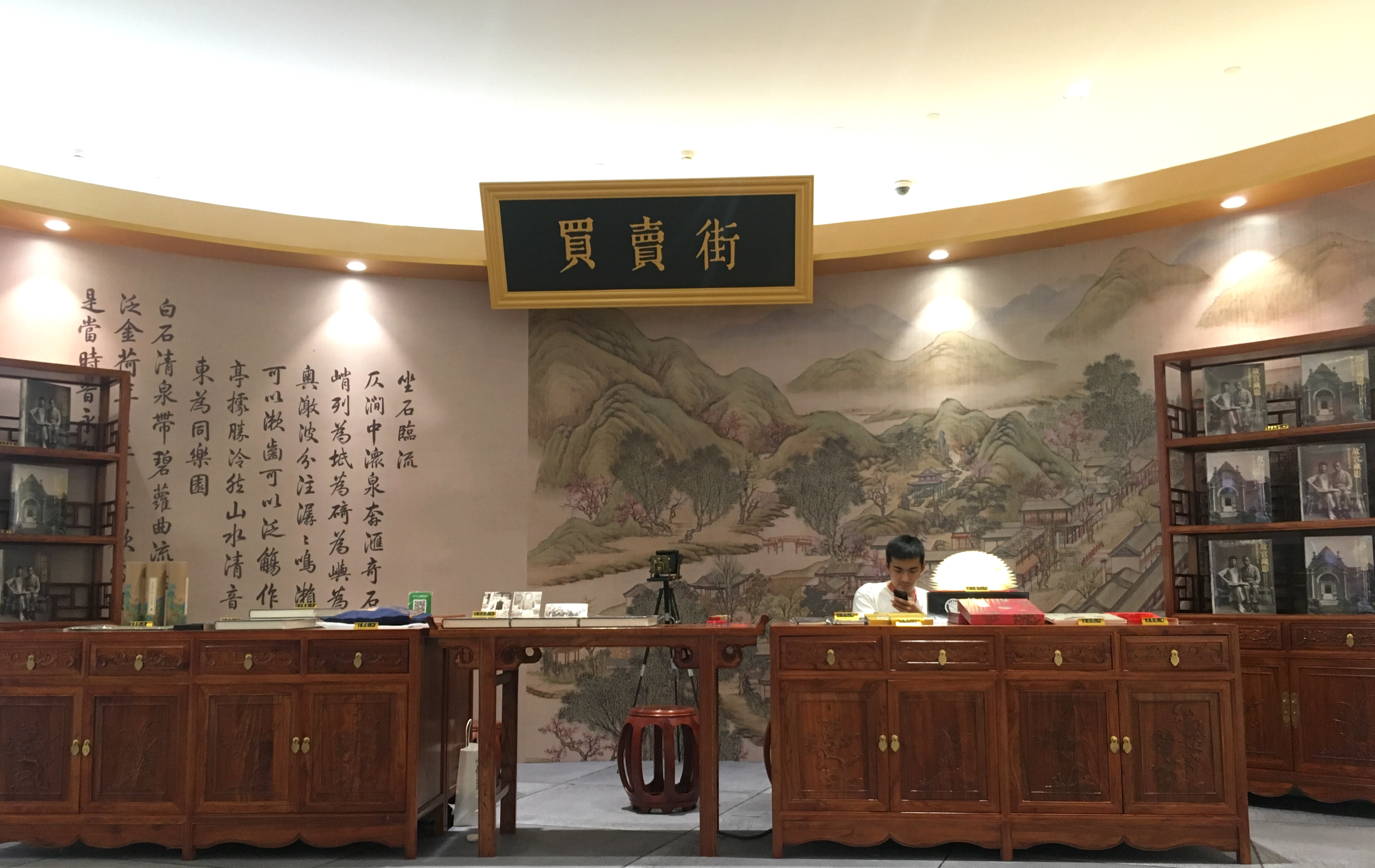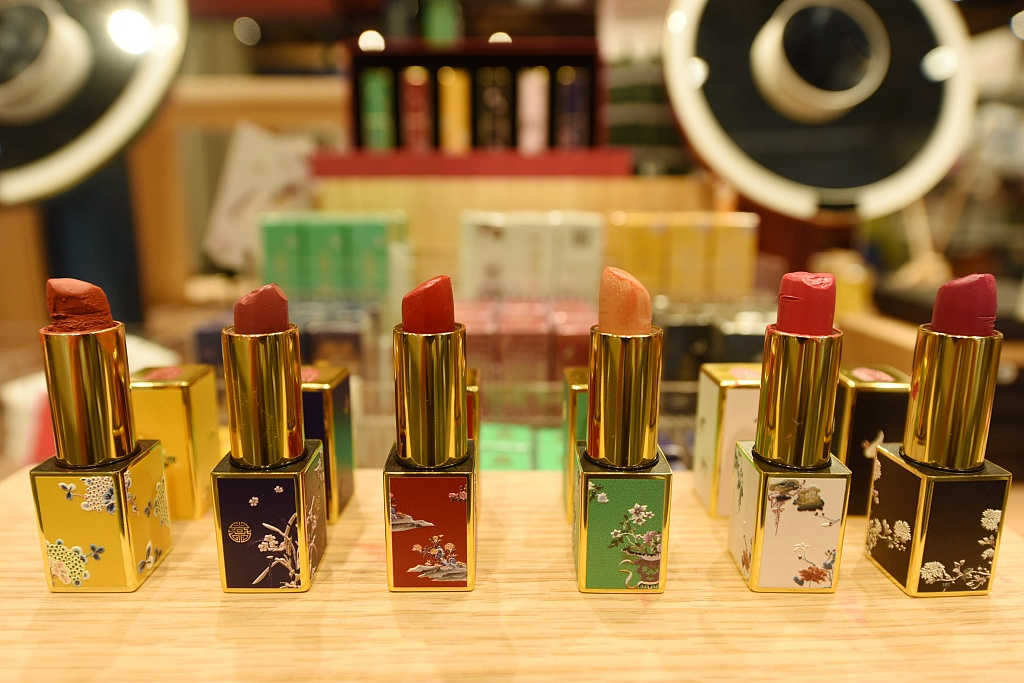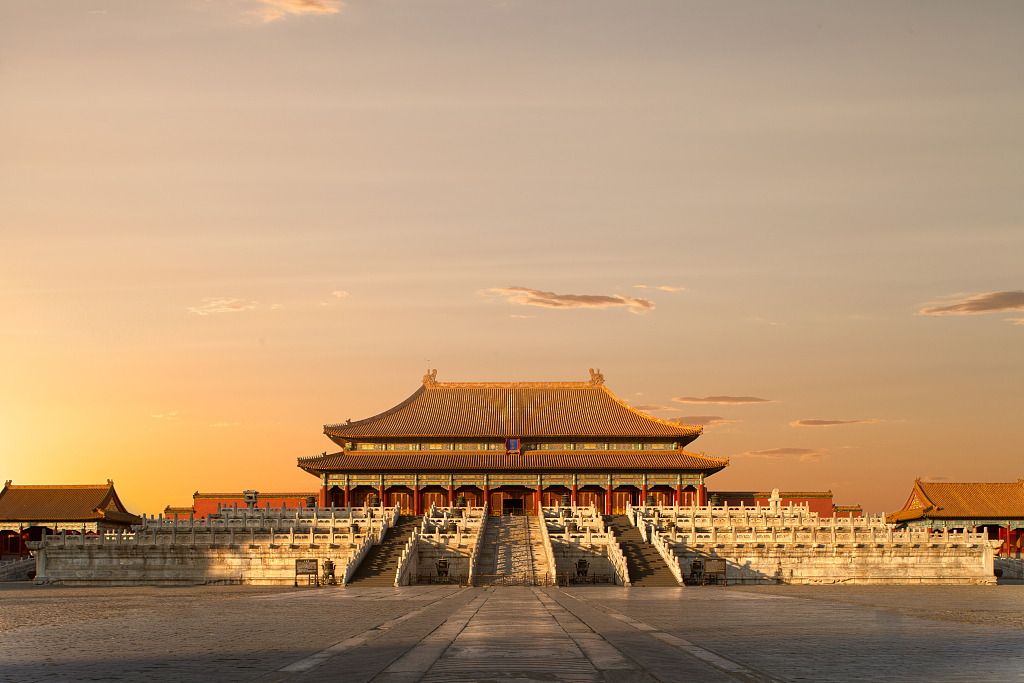
A centennial photographic exhibition with the Palace Museum as its subject has opened at Paradise Walk in Beijing. The exhibition named "The Photographic Collection of the Palace Museum: Imperial Buildings through Western Camera" shows precious historical images and will last until August 31.

A "The Photographic Collection of the Palace Museum: Imperial Buildings through Western Camera" poster. /CGTN Photo
Images reflect history
The exhibition has three sections: Photographic collections, the business market and the cultural lecture hall. In the photographic collections section, images selected from over 10,000 pictures of the Palace Museum are shown in a winding corridor.
The Palace Museum in Beijing, which is widely known as the Forbidden City or Zijin Cheng in Chinese, is the world's largest palace complex and was the Chinese imperial palace for roughly 500 years.

A bronze lion and gate of Xihe in front of Taihe Men. /CGTN Photo
Tiananmen, Wu Men, Corner Tower, Huangji Dian (Hall of Imperial Supremacy) and images of other buildings are shown in this section. They give visitors a chance to see the silhouette of the ancient court through black-and-white images.
The business market sells creative products related to the Palace Museum, including coasters, canvas bags and notebooks. Meanwhile, the cultural lecture offers five-week courses about the Forbidden City. The lecturers are professors and other historians who have in-depth knowledge of court history.

The business market at the exhibition. /CGTN Photo
The youthful charm of the old Forbidden City
With over 17 million visitors, the Forbidden City has the largest number of visitors in the world. But that alone can't adequately describe the Palace Museum's popularity.
According to the data, 40 percent of the visitors to the Palace Museum are under 30 while, and another 24 percent are between 30 and 40, which shows the museum is quite popular to the younger generation.
The Palace Museum turns 600 years old in 2020. But why is this ancient palace complex so popular among Chinese young people?
Shan Jixiang may know the answer. He is the former curator of the Palace Museum and is also regarded as its innovative and reform-minded director. Shan and his team engage younger audiences with creative marketing and digitization efforts.
In 2018, the Palace Museum unveiled its original series of limited-edition makeup, including lipsticks, eye shadow, blush and others. A total of 90 thousand lipsticks sold out within four days, causing a buzz on Chinese social media at the same time.

Palace Museum lipstick. /VCG Photo
"The fundamental reason why the Palace Museum has become so popular among young people is that it strikes the right balance between preserving history, sharing knowledge and providing interesting interactive displays," said Shan.
Cultural connotations behind the Palace Museum
The Palace Museum buildings show the majesty and architectural depth of the period as well as the emperors status. The palace complex spreads around a central axis, and its high pedestal shows the emperor's supremacy. When visitors walk through the Palace Museum, they can experience the unique oriental style, which is a symbol of ancient Chinese civilization.

A picture of the Palace Museum. /VCG Photo
Photographers have recorded the most turbulent period in the Palace Museum's history. The resulting photographs are closely connected with the revolutionary history of China. The images of a century together are revealed in the gray and white photographs on display. They speak volumes of China's legacy.
(Cover image by Du Chenxin)

Copyright © 2018 CGTN. Beijing ICP prepared NO.16065310-3
Copyright © 2018 CGTN. Beijing ICP prepared NO.16065310-3